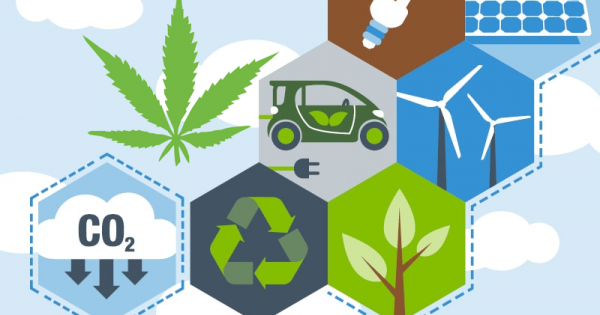
What impact does hemp have on sustainable aviation?
Hemp offers a sustainable solution for aviation, notably in creating hemp-based sustainable aviation fuel (SAF) and strong, durable composites for aircraft. Its cultivation and processing have a minimal environmental footprint, making it a promising material for reducing emissions and advancing sustainability in the aviation industry.
How can the HEMP Polymer benefit different industries?
The HEMP Polymer, as developed by Derek Kesek and Hempearth Group, offers a sustainable and natural alternative to traditional materials like fiberglass, Kevlar, and carbon composites in various industries. Its application in aviation composites, as well as in manufacturing boats, cars, and numerous other products, demonstrates its versatility and potential to revolutionize industry standards by providing eco-friendly, durable, and efficient material solutions.

How is HEMP Polymer produced?
HEMP Polymer is produced by weaving hemp fibers into fabrics, which are then utilized to create various composites. This innovative material, developed by Derek Kesek and Hempearth Group, is designed to replace traditional materials like fiberglass in aviation composites and beyond, showcasing its versatility and eco-friendly nature.

How is HEMP Polymer eco-friendly?
HEMP Polymer is eco-friendly because it’s a natural material, offering a sustainable alternative to synthetic composites like fiberglass, Kevlar, and carbon composites. Its production and use significantly reduce environmental impact, aligning with global efforts towards sustainability and reducing reliance on non-renewable resources.
What industries can benefit from HEMP Polymer?
HEMP Polymer can benefit industries such as aerospace, automotive, and marine by offering a sustainable, durable alternative to traditional materials like fiberglass, Kevlar, and carbon composites.

Is Hemp Polymer Sustainable?
HEMP Polymer is sustainable because it’s a natural material, offering a renewable alternative to synthetic composites. Its production and use significantly reduce environmental impact, aligning with global sustainability efforts and reducing reliance on non-renewable resources.





